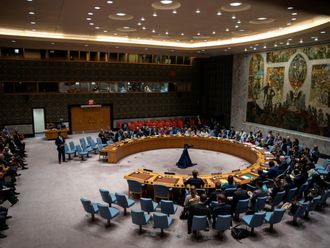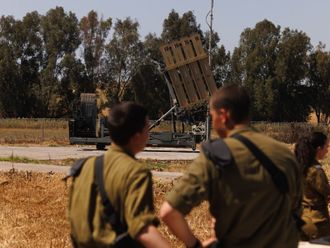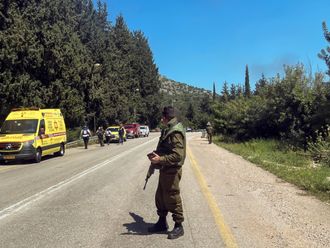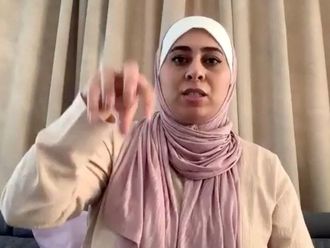TEHRAN — Iran warned on Sunday that protesters will “pay the price” after a third night of unrest saw mass demonstrations across the country in which two people were killed and dozens arrested.
As videos on social media showed thousands marching across the country, an official in the small western town of Dorud confirmed two people had been killed during protests, but denied security forces had fired on the crowd.
“A number of people took to the streets responding to calls from hostile groups,” Lorestan province deputy governor Habibollah Khojastehpour told state television.
“Unfortunately, in these clashes two citizens from Dorud were killed. No bullets were fired by the police, military or security forces towards the people,” he said.
Videos on social media overnight showed demonstrations in Isfahan, Mashhad and many smaller cities but travel restrictions and limited coverage by official media made it difficult to confirm reports.
Semi-official conservative outlets confirmed an evening attack on a town hall in Tehran and showed protesters attacking banks and municipal buildings in other parts of the country.
“Those who damage public property, disrupt order and break the law must be responsible for their behaviour and pay the price,” Interior Minister Abdul Rahman Rahmani Fazli said on state television early on Sunday.
The protests began in Mashhad against high living costs and the struggling economy before spreading quickly to other areas and turning against the regime as a whole.
But the anti-government protests appear to have been driven in large part by poorer sections of society, angry over high unemployment, soaring prices and financial scandals.
“These protests are driven by the lower levels of society who have been hit by major economic problems, particularly losing their money when credit institutions collapsed,” said Payam Parhiz, editor-in-chief of reformist media network Nazar, which first broke news of the Mashhad protests.
“These economic protests are not something that has started overnight, it’s been at least a year since these people lost their money in credit institutions and have been protesting at various places,” he told AFP.
Unemployment is particularly high among young people, who have grown up in a less restrictive environment and are generally considered less deferential to authority.
Since the 2009 protests against a disputed presidential election that gave hardliner Mahmoud Ahmadinejad a second term were ruthlessly put down, many middle-class Iranians have abandoned hope of securing change from the streets.
But low-level strikes and demonstrations have continued, with bus drivers, teachers and factory workers protesting against unpaid wages and poor conditions.
— AFP











